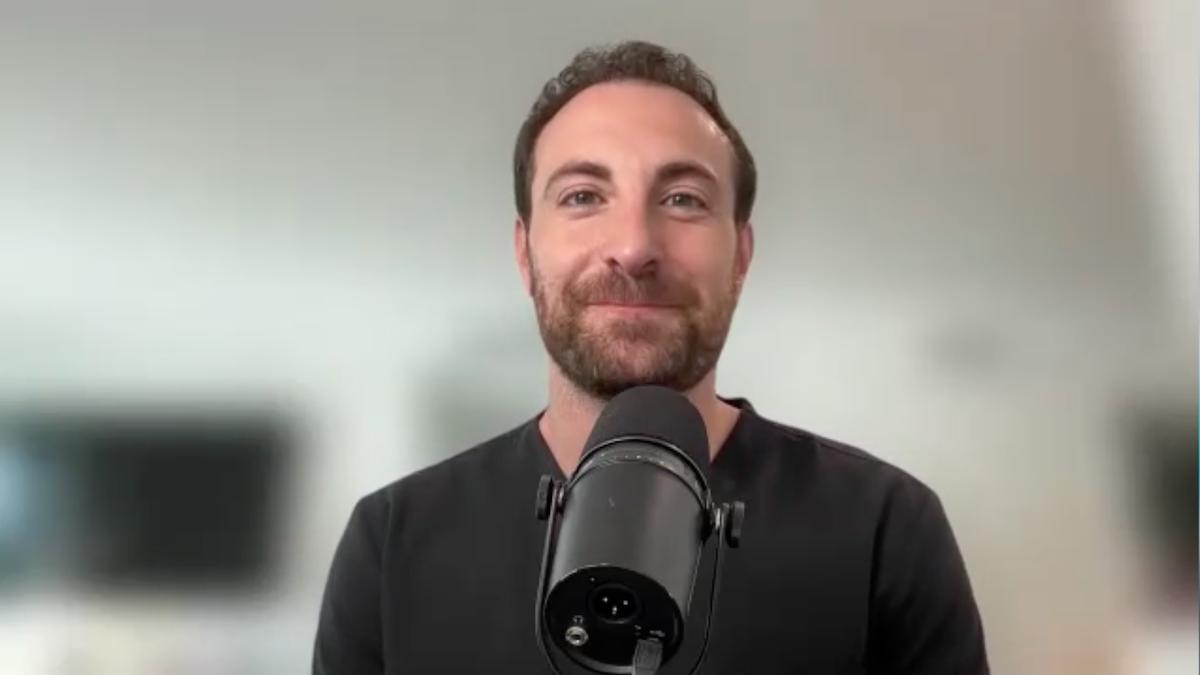June is Men’s Health Awareness Month. In recognition of this event, we spoke with Justin Dubin, MD, a urologist at Memorial Healthcare Systems in South Florida, about the current landscape of care in men’s health.
Dubin acknowledged that while progress has been made in normalizing conversations around issues such as erectile dysfunction, stigma around men’s health conditions remains a large concern in 2025. This has created an opportunity for artificial intelligence (AI) to take off in this space, with many men turning to large language models to find information.
“Men being men, we always want to fix problems ourselves,” Dubin explained. “And instead of going to talk with a provider, they go online. Initially it was social media. It has advanced to things like podcasts and naturally, Dr. Google, Dr.TikTok, and has now progressed to Dr. ChatGPT.”
Dubin touched on both sides of this issue, highlighting both the challenges with AI in health care as well as the potential opportunities for use in the men’s health space.1 One such opportunity is in patient education. Technology such as ChatGPT gives patients the chance to take ownership of their health, allowing them to better understand health concerns, ask informed questions, and feel more confident about seeking care.
For health care professionals, this also means a shift in the way they’re delivering care, with a new focus on making sure that men are using the right tools.
“In general, this is a very interesting time in men’s health. I think a lot of men who [were] always interested in having autonomy over their education and how they learn and autonomy over their bodies, finally have an opportunity to do that in a good way,” Dubin concluded. “You have a lot of information and a lot of opportunity for autonomy at your hands. It’s just really having the appropriate guidance to do so.”
REFERENCE
1. Panken EJ, Patel AU, Schammel J, Dubin J. Man and machine: exploring the intersection of artificial intelligence and men’s health. Curr Opin Urol. 2025;35(3):236-242.
doi: 10.1097/MOU.0000000000001274
